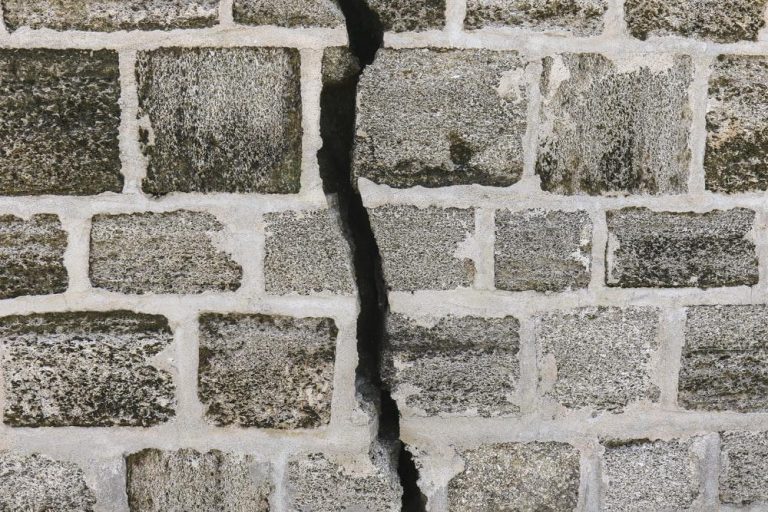Looking for a new or first-time home can be a fun and exciting time, but it also requires a person to put in extra thought and mindfulness when it comes to shopping around.
While many of us wish we could be the master house-flippers we see on television, the reality is that few of us actually are and thus would be required to hire professional services to perform the necessary renovations that a new home might require.
What’s more, unaware buyers may purchase a new home, expecting it to be move-in ready, only to find an abundance of underlying issues that went unnoticed during their initial house tours. Some of these red flags can be avoided when working with the top real estate agents in Toronto, who are experienced in detecting potential shortcomings in a home.
If you’re on the market for your next home, consider keeping an eye out for a few of these red flags.
Structural Issues
Foundation and structural problems are possibly one of the most dangerous and costly problems that a home can have, risking a total structural collapse in the event of their compromise. Some of these issues may also make a property ineligible for certain insurances or financing, making their repairs more costly.
What’s worse is that structural issues are not always easy to spot without a proper inspection.
Keep an eye out for subtle signs such as cracks in the foundation, ceilings, ultradeck, and baseboards. Other signs there may be some structural issues are when doors or windows of the house don’t close or open properly, indicating a shift in the frame levels.
Water Damages
Access to water is one of the most essential features in a house. Unfortunately, water can also be the most damaging problem a home can have. Excess moisture is the leading cause of rot and mold within a home, so any leaking pipes, improper ventilation, or holes in the home’s exterior can lead to dangerous (and costly) problems later on.
If you see any signs of rot, mold, or dried water stains during your home inspection, it is a sign that water damage may be an issue. These signs can appear anywhere, including floors, toilets, walls, and ceilings.
The Neighbourhood
One of the biggest red flags for buying a home doesn’t occur in the home but rather in the surrounding neighbourhood. The house you’re viewing may look ideal, but consider looking around. If the neighbourhood seems to have had better days, you might consider why the homeowners are selling. Signs you can look out for are:
- The high number of vacant homes or storefronts
- Crime rate statistics of the area
- Market trends for the neighbourhood, is the area on the decline?
Stopping by the neighbourhood at different times, such as on evenings or weekends, can help you gather an idea of what the neighbourhood can be like at any given time. You can also ask your real estate agent or people in the area what the area is really like.

